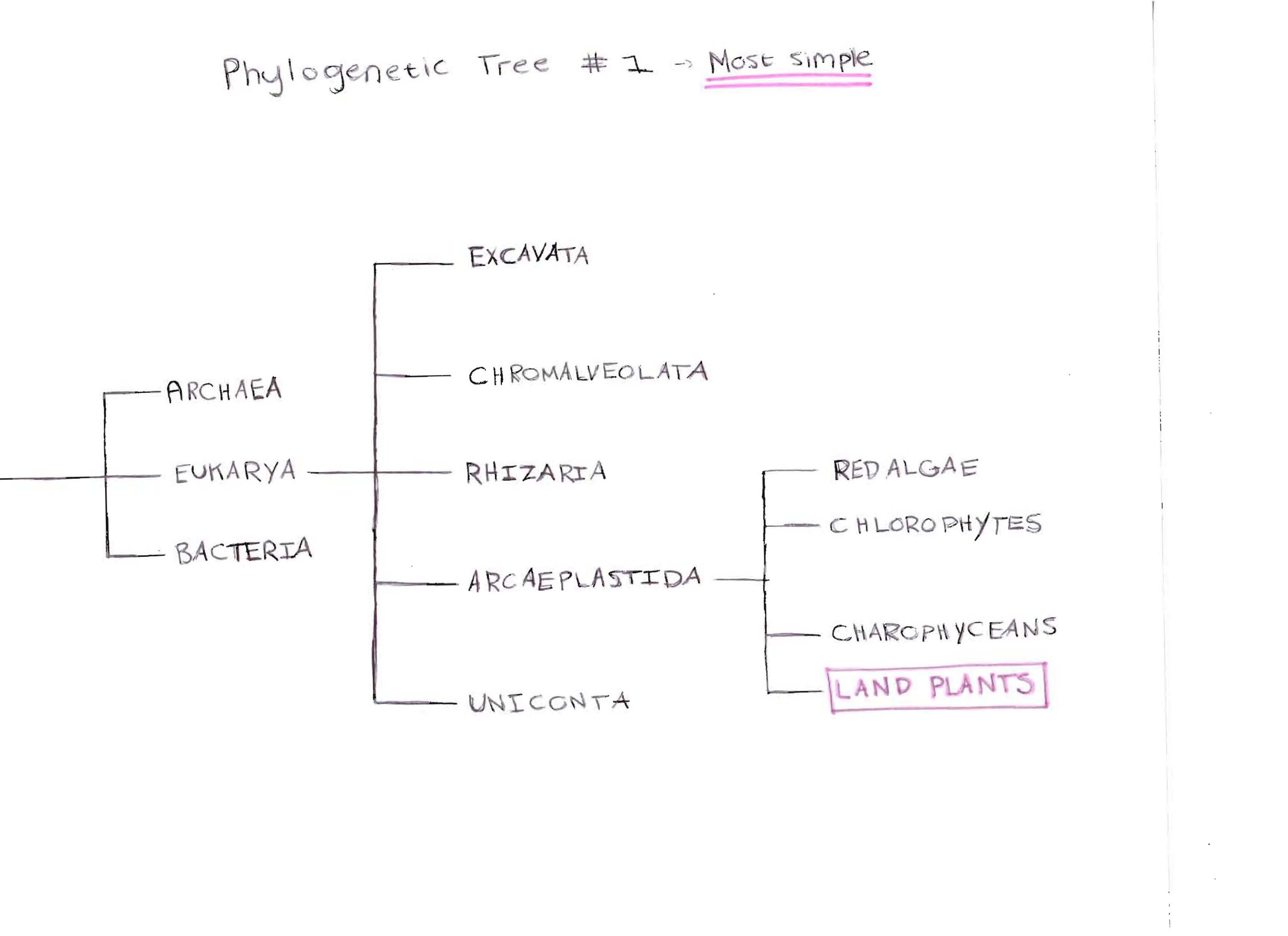Common names:
Ghaap, Xhoba, Bushman’s Hat, Queen of the Namib
Classification
Domain – Eukarya
Kingdom – Plantae
Phylum – Eudicot
Class – Asterid
Order – Gentianales
Family - Apocynaceae
Genus – Hoodia
Species – Hoodia Gordonii
Hoodia
Gordonii is classified this way because:
Eukarya – This organism is
multicellular and contains membrane bound organelles in its cells.
Plantae – This organism is a
green plant.
Eudicot – This plant is an
angiosperm (flowering plant). A plant with flowers in four’s or five’s and
the veins are usually netlike. It grows horizontally (secondary growth)
instead of vertically (primary growth).
Asterid – This describes the
floral characteristics. This organism’s petals are fused and have a reduced
numbers of stamens.
Apocynaceae – The organism has
milky sap.
Hoodia – This organism is
cactus–like (they are unrelated to cactuses though).

This phylogenetic tree gives a very simple representation of where Hoodia gordonii lies when it comes to the complexity. It is in the domain Eukarya because is has membrane bound organelles and is multicellular. It is in the super group Archeaplastida because it is in the plantae kingdom. Hoodia gordonii is strictly a desert plant, so it is safe to say it falls under the land plant catergory.
Click here to see another, more in depth phylogenetic tree.
By looking at this tree we see that Hoodia gordonii are Eudicots and closest related to the Euphorbiaceae, which are more shrub-like, than Cactaceae, which are the cacti. Hoodia gordonii often gets mistaken for a cactus, but this phylogenetic tree shows why it is not. The two are not that closely related.
This plant’s name does not come from Latin like
most scientific names. Hoodia gordonii was discovered by
Col. RF Gordon in December 1778 in
South Africa. The plant was then names by a famous botanist named Francis
Masson who first named the plant Strapelia gordonii (specific epithet
named after Gordon). In 1830 the
genus was changed to Hoodia in honor of a famous succulent grower
named van Hood.